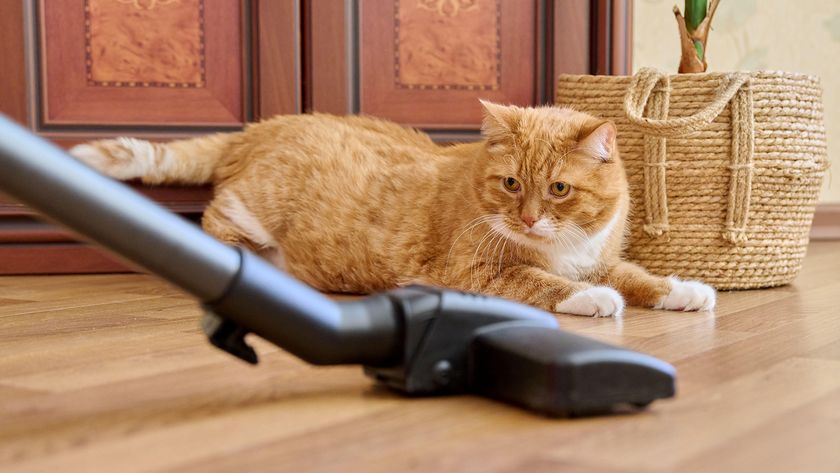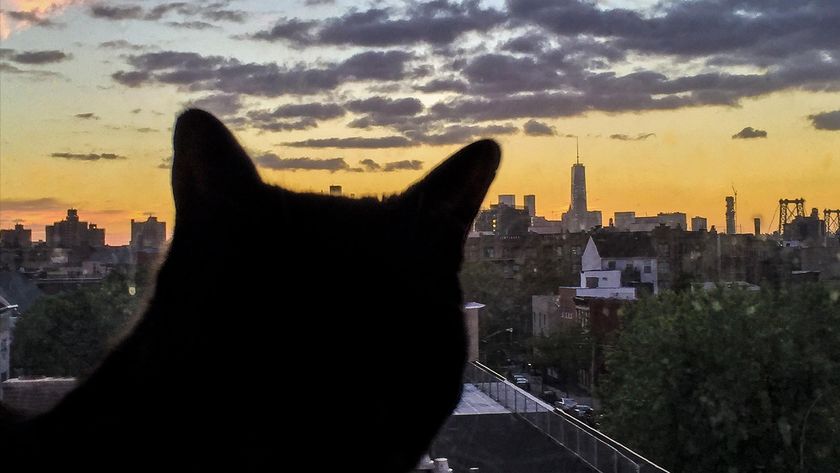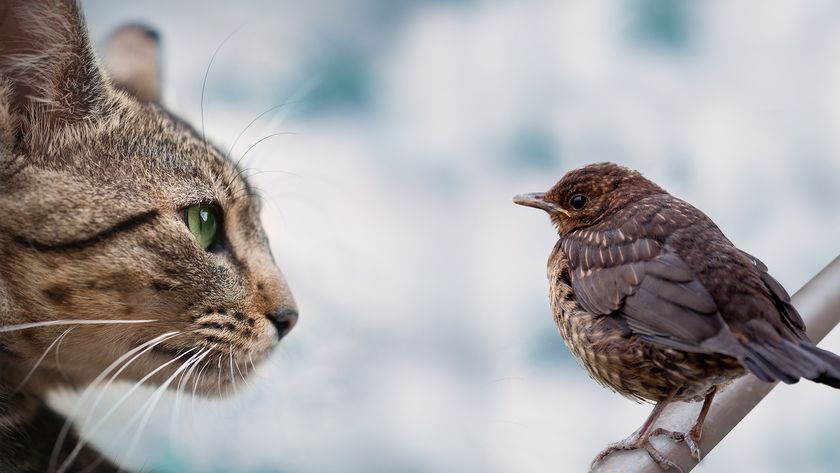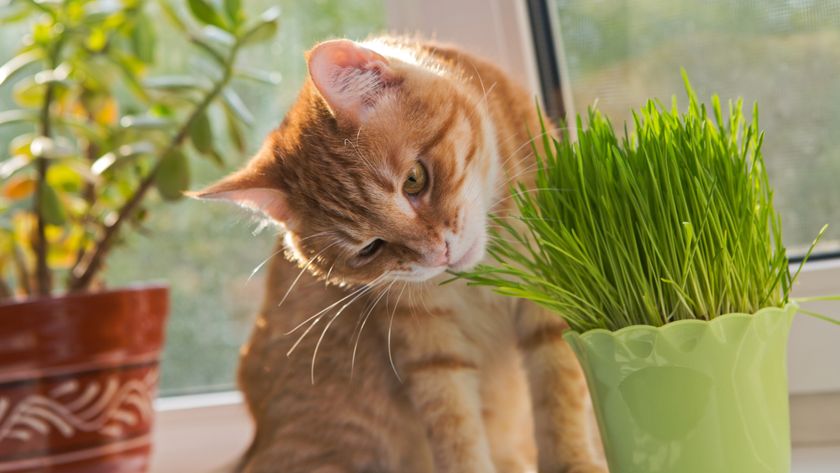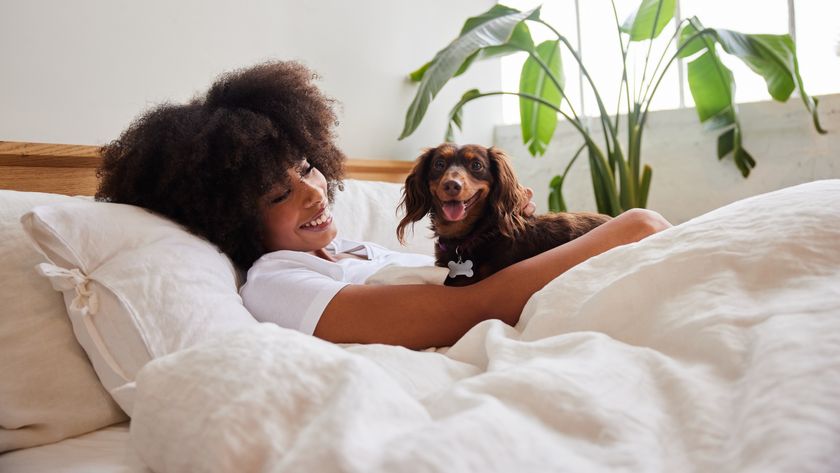How do cats get fleas?
Our guide on how do cats get fleas sheds some light on the most common ways these crafty critters come to set up home in your feline's fur
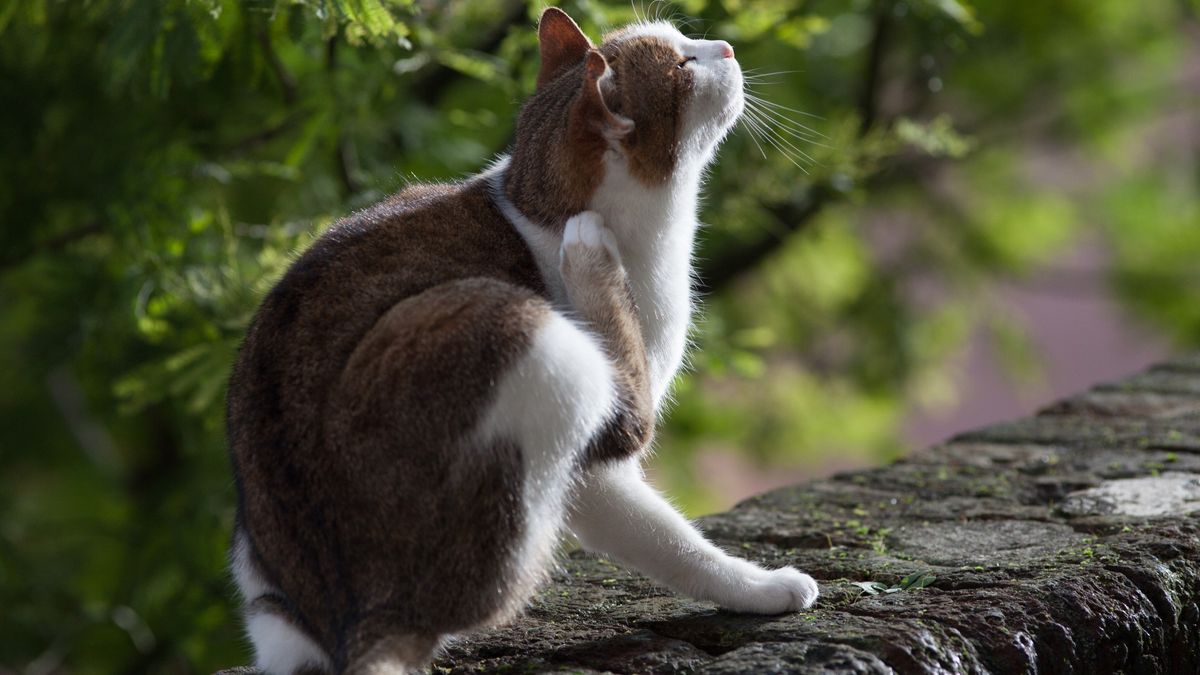
The question of how do cats get fleas leaves many a pet parent scratching their head, especially considering that most feline furkids are meticulous groomers and spend most of their time indoors.
But even your fastidious feline with her impeccable hygiene habits is no match for this nimble and persistent parasite who can jump 160 times its own body length. All it takes is for one flea to land on your kitty and before you know it you have a full-blown infestation on your hands.
Regular application of one of the best topical flea treatments for cats is the best way to ensure that your furbaby stays protected, but it can take up to three months of diligently applying this and making sure your home is flea-free before you can feel confident that you’ve gained the upper hand.
In the meantime, it can be good to understand the way these pesky parasites can hitch a ride in your feline’s fur, as this can help you eliminate some of the more common culprits. So, how do cats get fleas? Let's find out!
Spending time in the great outdoors
While many cuddly lap cat breeds are less inclined to want to leave the comforts of home, other breeds are active adventurers who love nothing more than exploring their external surroundings.
These day trips often see them hitting the streets and saying hi to neighbors or roaming through fields or gardens where they’ll often roll about in the soil, laze under trees, or indulge in a game of cat and mouse with an unsuspecting rodent.
In the humid summer months, fleas thrive in moist and shady conditions, so it’s easy for your kitty to come into contact with them whenever they’re outside. Rodents are also carriers of fleas and if your cat enjoys a good mouse-hunting mission, it’s not hard for these little critters to jump ship.
Being around other pets

Whether it’s snuggling up to a canine companion or romping about with another feline furkid, flea swapping is a common problem, especially if your kitty likes hanging out with their neighborhood buddies who might not have been treated.
If your kitty isn’t a fan of topical treatments, try fitting them with one of the best flea collars for cats, many of which offer up to eight months of protection. This will help kill any fleas that might jump onto them if they’re mixing with other animals and if you’re also the pet parent to a pooch, keep them covered with one of the best flea treatments for dogs.
Ensuring that your pets are protected is the best way of making sure that jumping fleas can’t start a new colony in your feline’s fur.
Indoor infestations
Even the most obsessive cleaners amongst us can still end up with fleas in our home and believe it or not, we’re often the ones who bring them in. While humans aren’t a flea’s first choice of host, they’ll happily hitch a ride on your clothing or shoes if it helps them get indoors and closer to your pet.
Once inside, fleas will set up camp in the carpets, bedding, and soft furnishings in your home. They can also lie dormant for months at a time, so if you’ve recently moved into a new home, you may find you have a few old houseguests who aren’t in a hurry to move out!
Check for evidence of fleas before you move into a new home so that you can eradicate them before settling in. Wash clothing and bedding well and if you have one of the best cat beds that your kitty uses to get their beauty sleep, you’ll want to wash it frequently. It can be a good idea to wash any soft cat toys regularly too.
Vet visits and pet groomers

We know, who would have thought it, vet clinics and pet groomers are supposed to be clean places, right? For the most part, they are, but no matter how much these spaces sparkle, fleas are masters at hiding.
If you go out of town from time to time and check your kitty into a cattery or other boarding facility or send him to a pet sitter, that’s also an opportunity for your furry friend to pick up fleas.
Windows and doorways
While luxurious beds like the K&H EZ Mount Penthouse Kitty Sill Cat Bed are amazing for letting your kitty soak up some rays and watch the world go by, windows are often a favorite hang-out spot of fleas too.
Our homes can’t be sealed environments - air needs to circulate and people are frequently coming and going - but open windows and doorways provide the perfect opportunity for these crafty critters to enter into our living spaces.
Preventing fleas
When it comes to fleas, prevention is always better than cure, so we recommend speaking with your vet about the right choice of flea treatment for your pet. Topicals and collars are always popular, but if your kitty already has an outbreak, the best flea treatments for cats contain fast-acting medications that can clear your furkid of fleas within as little as six hours.
It’s also worth conducting regular checks of your feline’s fur, especially if they spend a large bulk of their time outdoors. As well as searching for fleas themselves, be on the lookout for reddish-black flecks on their fur, which are tell-tale signs of eggs.
You might also like to invest in one of the best vacuum cleaners for pet hair as these have powerful suction systems that will suck up any stray fleas that have set up camp in your carpets. Treating your house as well as your cat is the best way to stay on top of things.
Can I get fleas from my cat?
Cat fleas will be humans the same as they bite cats, however, unlike cats, the fleas do not stay on or live on our bodies. Cat fleas usually jump to humans' legs, feet, ankles before attempting to feed on their blood and leaving. They cannot live or breed on you, but you can still get bit by them.
Flea bites can cause itching, swelling, redness, and more - and you'll have an even worse reaction if you're allergic. To try and alleviate any discomfort, treat flea bites with an antiseptic soap to prevent infection, then follow up with ice or over-the-counter medication that will help soothe itching and irritation. Hydrocortisone is a great option, but make sure you speak to a doctor first.
The next best way to treat flea bites is to get rid of the fleas so you don't get anymore, so make sure you read above for all the tips!
For more great tips, check out our top six ways to prevent fleas.
PetsRadar Newsletter
Get the best advice, tips and top tech for your beloved Pets

Kathryn is a freelance writer who has been a member of the PetsRadar family since it launched in 2020. Highly experienced in her field, she's driven by a desire to provide pet parents with accurate, timely, and informative content that enables them to provide their fur friends with everything they need to thrive. Kathryn works closely with vets and trainers to ensure all articles offer the most up-to-date information across a range of pet-related fields, from insights into health and behavior issues to tips on products and training. When she’s not busy crafting the perfect sentence for her features, buying guides and news pieces, she can be found hanging out with her family (which includes one super sassy cat), drinking copious amounts of Jasmine tea and reading all the books.
